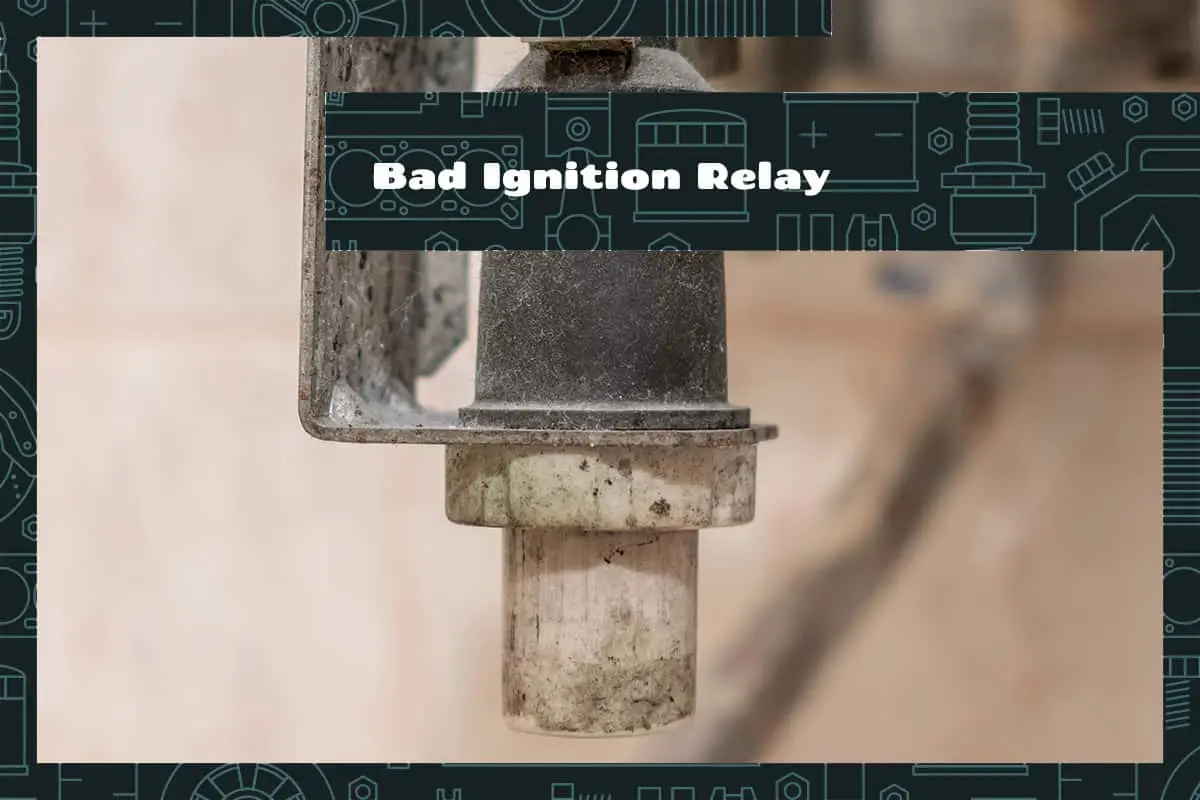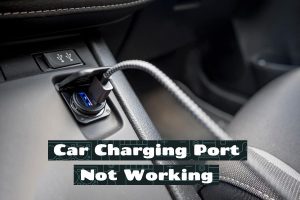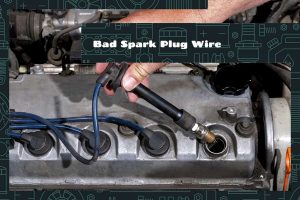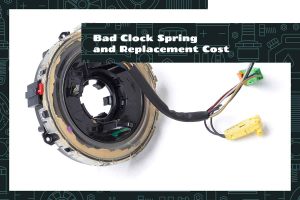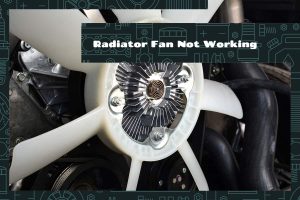When you turn the key, the ignition relay tells the engine to start working. As time goes on, whether due to misuse or another cause, the ignition relay can also become faulty or ‘bad’. This might lead to some problems in starting or running the car smoothly.
Common symptoms of a bad ignition relay include:
- The car has trouble starting, or won’t start at all
- The engine stalls or hesitates while running
- The car won’t start or have an unresponsive ignition
- The ignition relay becomes too hot
This article will help you understand what an ignition relay is, why it can become bad, and what to do if it does.
The Role of the Ignition Relay
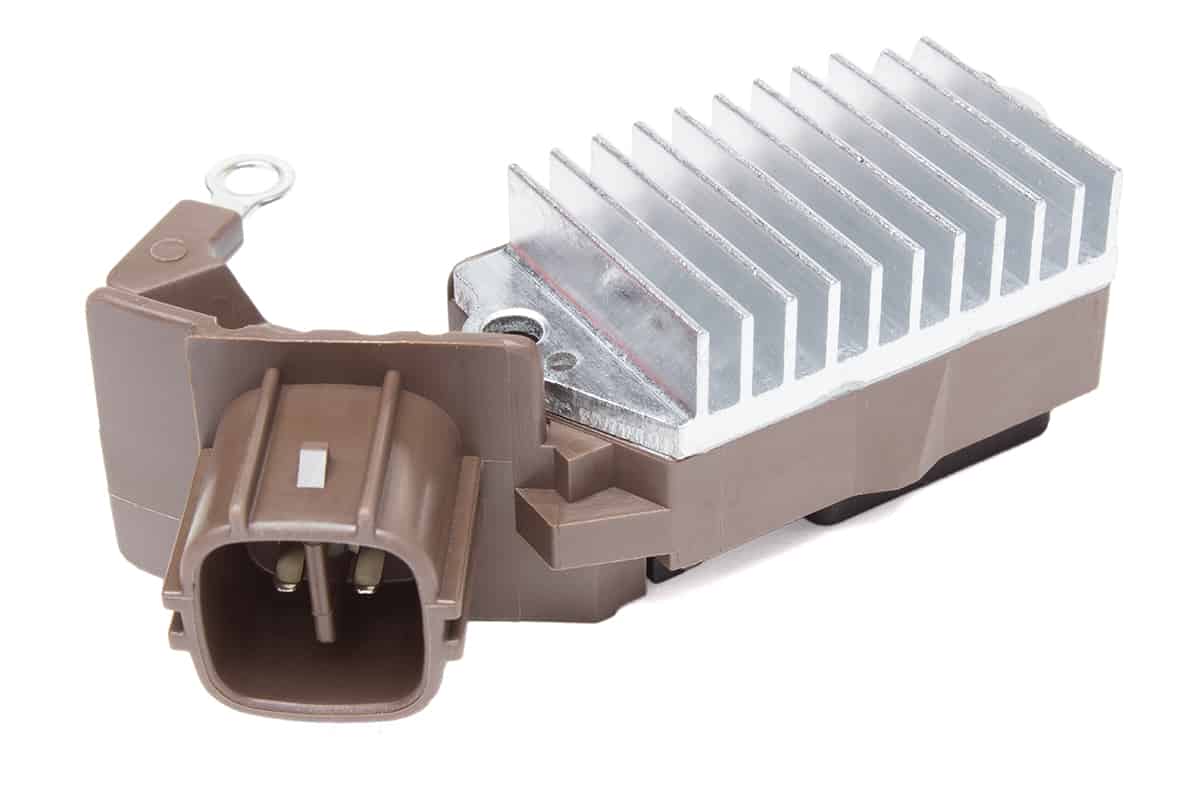
An ignition relay is a crucial component in your car. It’s responsible for providing power to the electrical parts of your car, including the fuel system and ignition system.
How an ignition relay works
When you turn your car key, the ignition relay is put into action. First, it receives a small electric current from the car battery. This current activates a magnetic coil inside the relay, which in turn pulls down a metal arm.
This metal arm connects two large terminals, which allows a larger current to flow from the car battery to the starter motor. This larger current is what sets your engine in motion and allows your car to start. So, even though the ignition relay is a small part, it plays a huge role in getting your car started.
The relationship between the ignition relay and the ignition switch
The ignition switch and the ignition relay work together to start your car. The ignition switch is what you turn with your car key. It has several positions, each corresponding to different operations in your car: off, accessories, run, and start.
When you turn the ignition switch to the ‘start’ position, it sends a small electric current to the ignition relay. As mentioned earlier, this current is what triggers the ignition relay to allow a larger current to flow from the car battery to the starter motor.
The ignition relay and the ignition switch are interdependent. If one fails, the other cannot do its job, and your car won’t start. For this reason, it’s essential to maintain both parts and ensure they’re working correctly.
Common Symptoms of a Bad Ignition Relay
A bad ignition relay can create problems for your vehicle. Since the ignition relay’s job is so important, you will need to recognize signs that it may be failing.
1. Difficulty in starting the engine
When the relay isn’t working correctly, it might not send enough electricity to the starter motor. As a result, the engine might not start at all, or it could take several tries to get it running. This issue is not only inconvenient, but it can also be a safety hazard in certain situations.
2. Stalling or stuttering engine
This happens when the ignition relay intermittently fails while the vehicle is in motion. The relay might momentarily stop sending power to the engine, causing it to stall or stutter. This symptom can be challenging to diagnose, as it could also indicate other problems, like issues with the fuel system.
3. Car won’t start or unresponsive ignition
This is often the case if you turn the key and nothing happens—no engine noise, no dashboard lights, nothing. This is because the relay isn’t providing power to the systems necessary for the car to start. It’s important to remember that a dead battery can also cause these symptoms, so it’s best to rule that out first.
4. Overheating of the ignition relay
A bad ignition relay might become hot to the touch after you’ve tried to start the car several times. This is due to the increased resistance in the relay, which generates heat. If you suspect a bad ignition relay, you can feel it with your hand. However, be careful not to burn yourself, as it could be very hot.
Causes Behind a Bad Ignition Relay
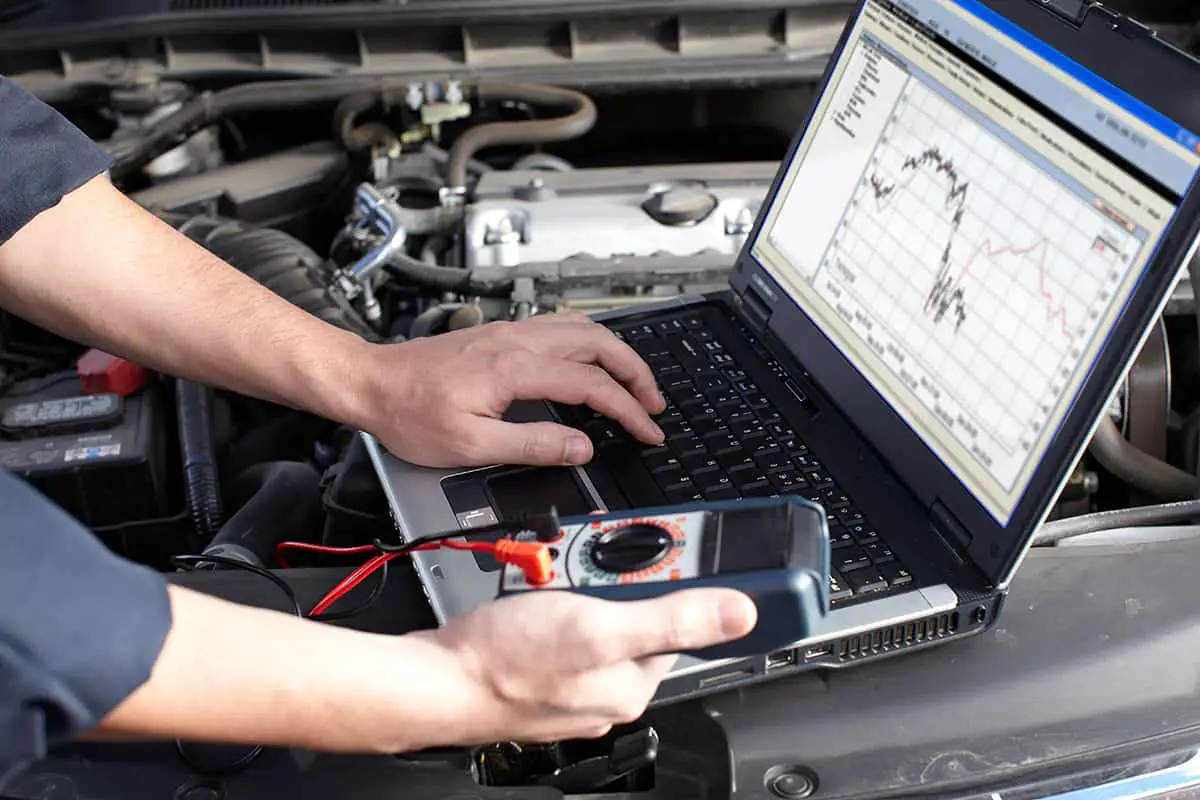
Knowing why your car’s ignition relay went bad can help in preventing such issues and ensuring your car stays in good shape.
1. Aging and wear
As the relay gets older, it’s more likely to have problems. The electrical contacts within the relay can become corroded or worn out, which makes them less effective at transmitting electricity. This can lead to a range of issues, including the car not starting or the engine stalling while driving.
2. Overvoltage
This means that too much electricity was sent through the relay, which can cause it to burn out. This might happen if there’s a problem with the car’s electrical system, like a short circuit or a faulty alternator.
3. Exposure to extreme heat and cold
High temperatures can cause the relay to overheat, which can damage the internal components. On the other hand, extremely cold temperatures can cause the relay to freeze up. Both of these situations can prevent the relay from working properly.
4. Poor maintenance
If the electrical system of the car isn’t properly taken care of, it can put extra strain on the relay. For example, if the battery is old and not holding a charge well, it can send inconsistent power to the relay, which can eventually cause it to fail.
Solutions for a Bad Ignition Relay
If you have a bad ignition relay, don’t worry, there are solutions.
1. Repairing a bad ignition relay
This usually involves cleaning the electrical contacts inside the relay. If these contacts have become corroded or dirty, they may not be able to transmit electricity effectively. Cleaning them can sometimes solve the problem. However, this is not a permanent solution, and the relay will likely need to be replaced eventually.
2. Replacing an Ignition Relay: A Step-by-step Guide
If the ignition relay is beyond repair, it will need to be replaced. Here’s a general idea of how it’s done:
- The old relay is removed. It’s usually located in the fuse box, which can be found under the hood or dashboard of your car.
- Once the old relay has been removed, the new one is installed in its place.
- The new relay is tested to make sure it’s working correctly. This involves starting the car to see if the relay is providing power to the necessary systems.
This process can usually be completed fairly quickly by a professional mechanic.
Cost Analysis: Repair vs Replacement
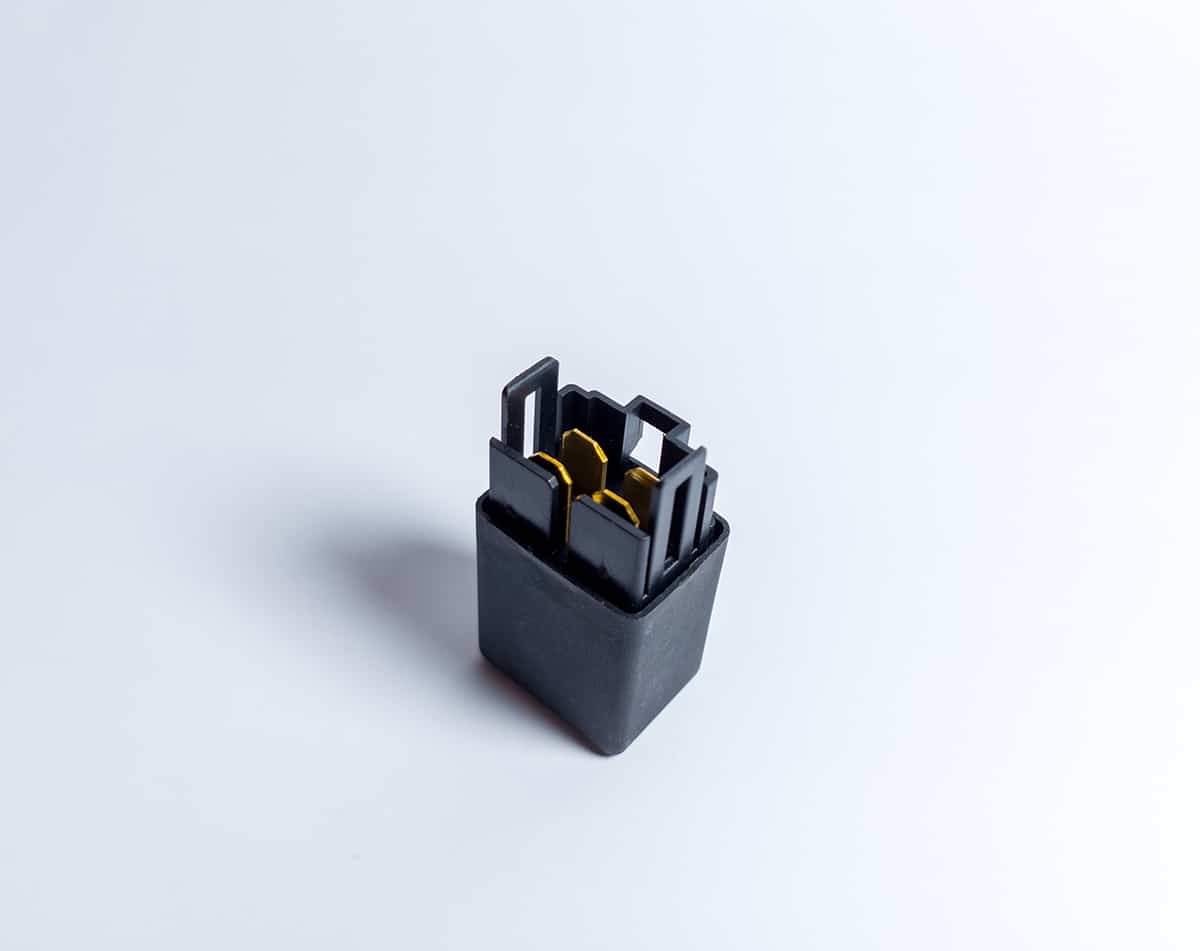
When dealing with a bad ignition relay, you have to make a choice: should you repair it or replace it entirely? The decision often comes down to a cost analysis, which means comparing the expenses for both options.
Cost of Repairing an Ignition Relay
This process is less expensive than a replacement because it uses the existing part and requires less time. However, keep in mind that repairing may only offer a temporary fix, especially if the relay is old or heavily worn.
Cost of Replacing an Ignition Relay
On the other hand, replacing an ignition relay involves purchasing a new part and installing it in your vehicle. The cost of a new ignition relay is usually between $100 and $200, depending on the make and model of your car, as well as the quality of the part.
Which option is more cost-effective?
If the ignition relay is fairly new and not severely damaged, a repair might be a good option. It can restore the relay’s function and get you back on the road without a large expense.
However, if the relay is old, severely damaged, or has already been repaired in the past, a replacement could be more cost-effective. Yes, the upfront cost is higher, but a new relay is likely to last longer and provide more reliable performance. This means you won’t have to worry about frequent repairs, which can add up over time.
FAQs
1. How often should the ignition relay be replaced?
The ignition relay isn’t something that needs to be replaced regularly like oil or tires. It’s designed to last a long time, often for the lifetime of the vehicle. However, it can wear out or get damaged. If you’re having problems like difficulty starting the car or the engine stalling, and these issues have been traced back to the ignition relay, then it’s time to replace it.
2. Can a bad ignition relay drain the battery?
Yes, a bad ignition relay can drain your car’s battery. If the relay is stuck in the “on” position, it could keep the electrical circuit open even when the car is off. This means that power from the battery continues to flow, which can drain the battery.
3. How do I know if it’s the ignition relay or the starter?
It can be tough to tell if the problem is with the ignition relay or the starter, as both can cause similar symptoms like the car not starting. However, one way to check is to listen for a clicking sound when you turn the key. If you hear a click but the engine doesn’t start, the problem might be with the starter. If you don’t hear a click, the problem could be the ignition relay.
